2019 Tata Harrier review, road test
Tata’s big SUV sure got people talking. But is it as good as everyone hoped it would be? Only an exhaustive road test can give the definitive verdict.
Published on May 07, 2019 10:00:00 AM
1,11,101 Views
Follow us on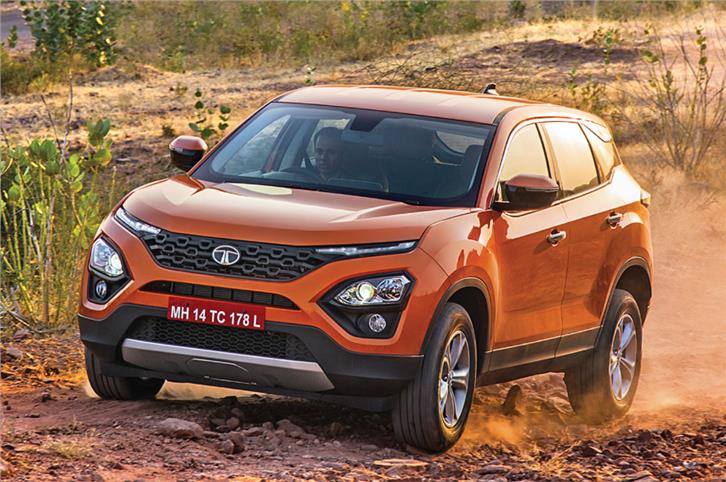
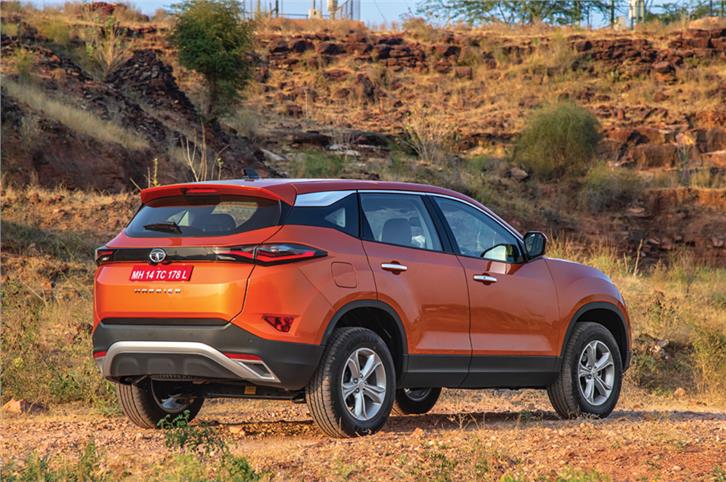
The striking-looking Harrier stands out in the urban jungle and the real one.
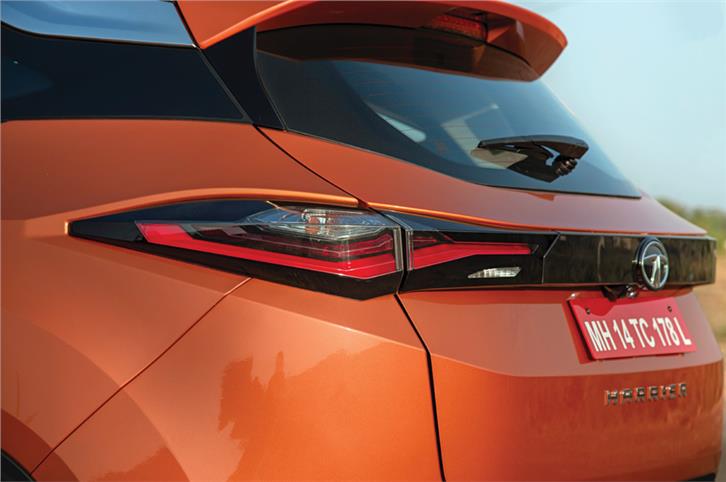
Pinched glasshouse at rear looks sleek but rear window is small.
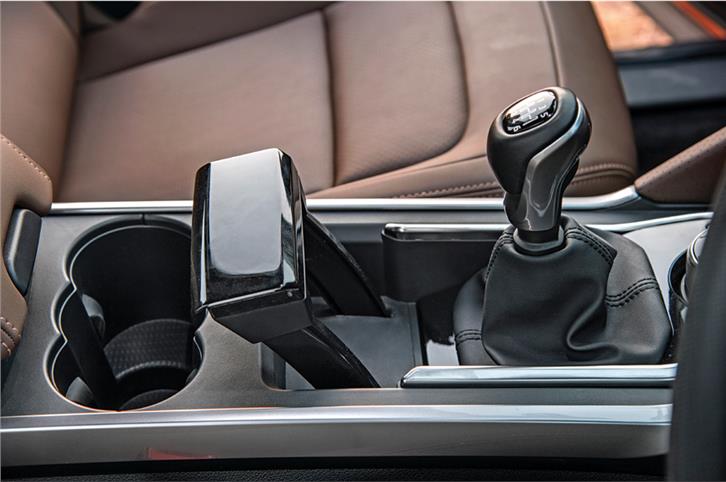
Thrust control-like handbrake lever nicer to look at than it is to use. It is fiddly to operate.
The Tata Harrier has robust underpinnings and you can feel as much when you drive over broken roads. The combination of a long travel suspension and chunky 65 profile tyres that absorb much of the initial shock make light work of the largest of potholes. There’s little road shock at the steering too and the overall sensation is of being in a vehicle that’s built to take a beating. What’s more, the Harrier doesn’t feel out of place in the rough either. There’s more than ample ground clearance and, so long as you don’t get too adventurous in tricky terrain (it is front-wheel drive only after all), the Tata will not disappoint. Top-spec versions get hill descent control and there’s also the much publicised three-mode Terrain Response system that alters ESP settings on the Harrier. The latter system seemingly does its work covertly because we didn’t notice much of a difference at the wheel between Normal, Rough and Wet modes.
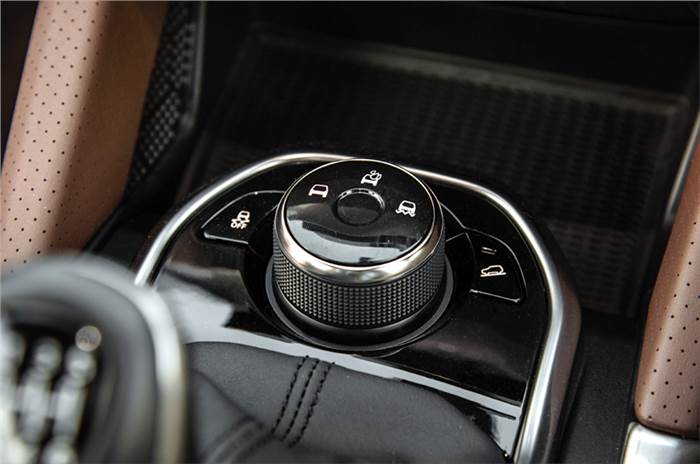
The Harrier also makes for a good high-speed cruiser. It feels confident at triple-digit speeds and, again, the excellent bump absorption plays its part in taking the edge out of poorly paved patches. There’s a good enough feeling of connect at the steering wheel too, but the way it weights up is a bit inconsistent and doesn’t feel as precise or fluid as the Compass, which corners with more poise. Also, there’s a bit of whine from the power steering pump at full lock.

Where the Tata doesn’t feel quite as special is in town. The steering requires some effort to twirl and you are always aware you are piloting a big car. A Hyundai Creta simply feels much more manageable in city confines, for instance. Not helping matters is the fact that rear visibility on the Harrier isn’t the best and what makes life particularly tough are the massive blind spots created by the elephant ear-sized outside mirrors. Also, at low speeds, the suspension can’t completely smoothen out surface imperfections. There’s a degree of lumpiness to the ride (more so on concrete surfaces), and the movements are far more pronounced at the back.
The Harrier fared quite well in our braking tests, coming to a halt from 80kph in 27.83 metres. Braking force is strong and there’s good grip too, though more feel at the pedal and a sharper bite would be welcome. Tata should consider upgrading the brakes with the rear discs in the future.
Copyright (c) Autocar India. All rights reserved.


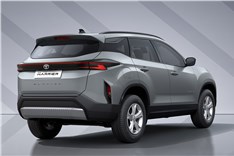






Comments
Member Login
Personal Details
No comments yet. Be the first to comment.